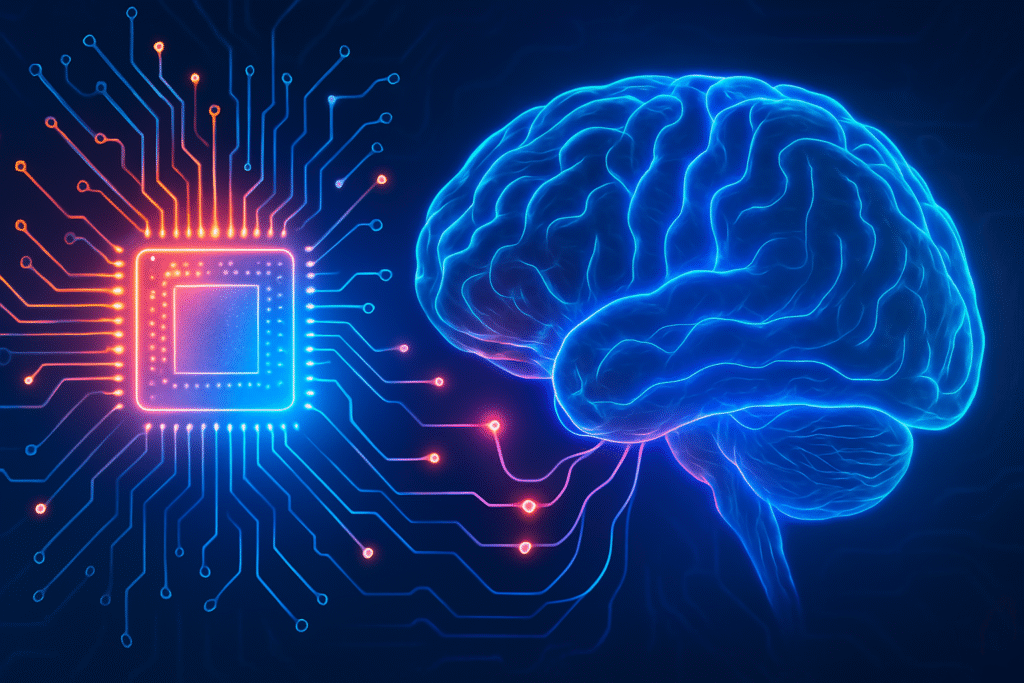Researchers at Forschungszentrum Jülich and RWTH Aachen University have developed a new type of electronic material that mimics how the brain processes information—using light instead of electricity. These materials, called organic photoelectrochemical transistors (OPECTs), are designed to behave like synapses, the tiny connections between nerve cells that allow us to learn, remember, and adapt.
The brain’s synapses strengthen or weaken over time depending on how often they’re used. This ability to change is what makes learning and memory possible. Scientists have long tried to replicate this behavior in electronics—a field known as neuromorphic engineering—to build devices that can “think” more like humans. The new OPECTs are a major step forward in that effort.
What makes these transistors special is their ability to convert light into electrical signals, just like how nerve cells respond to stimuli. Even more impressive, their properties can be fine-tuned using chemistry. That means researchers can adjust how sensitive the material is to light or how stable its signal transmission is, depending on the application. This flexibility opens the door to a wide range of uses—from visual prosthetics that help restore sight to people with retinal diseases, to brain–machine interfaces that could allow people to control devices with their thoughts.
To make the transistors work safely with human tissue, the team used a soft, flexible plastic called PEDOT:PSS, which is already known for being biocompatible. They modified it with light-sensitive molecules so it could respond to light in a way that mimics real nerve cells. The material also functions at body temperature, which is essential for any future medical use.
The researchers are currently testing the technology in the lab to make sure it’s safe and effective when interacting with living tissue. If successful, it could lead to new treatments for age-related vision loss, more intuitive robotic control systems, and even low-power electronics that learn and adapt like the human brain.
Article from Forschungszentrum Jülich: Light-sensitive materials mimic synapses in the brain
Abstract in Advanced Science: Designing Light-Sensitive Organic Semiconductors with Azobenzenes for Photoelectrochemical Transistors as Neuromorphic Platforms

